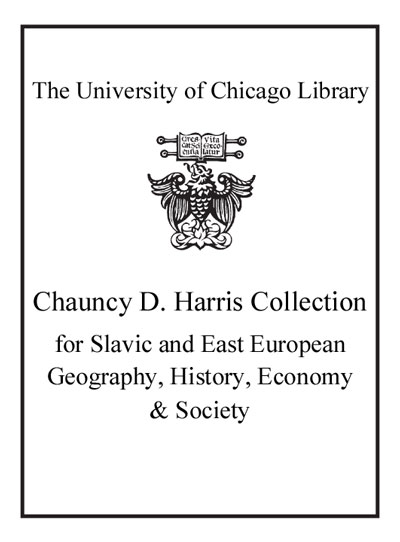Review by Choice Review
This fourth edition of the Swains' political history of Eastern Europe since 1945 includes two brief chapters on the 1990s. There is rich analysis of the imposition of communism after 1945, with a special focus on Tito's Yugoslavia, but coverage tails off thereafter. The book is really a study of the failed search for a native communist model, rather than a general history of the region. Communism is seen as an ideologically driven experiment in which indigenous leaders struggled to balance local conditions and a tricky international environment. For example, 1956 is described as a year of effort to "renew communism." This framing contrasts with conventional approaches. Coverage of key events such as those in Hungary in 1956 and Czechoslovakia in 1968 is sparse (e.g., no death tolls are given). There is no discussion of the role of the secret police post-1953, nor of the notorious East German Stasi. Pope John Paul II is not mentioned; the fall of the Berlin Wall and the Yugoslav wars are only briefly discussed. With no background on the culture and history of the region, the book would be a challenge for undergraduates. The best introduction is still Michael G. Roskin's The Rebirth of Eastern Europe (4th edition, 2001). Summing Up: Optional. Research collections. P. Rutland Wesleyan University
Copyright American Library Association, used with permission.
Review by Choice Review

